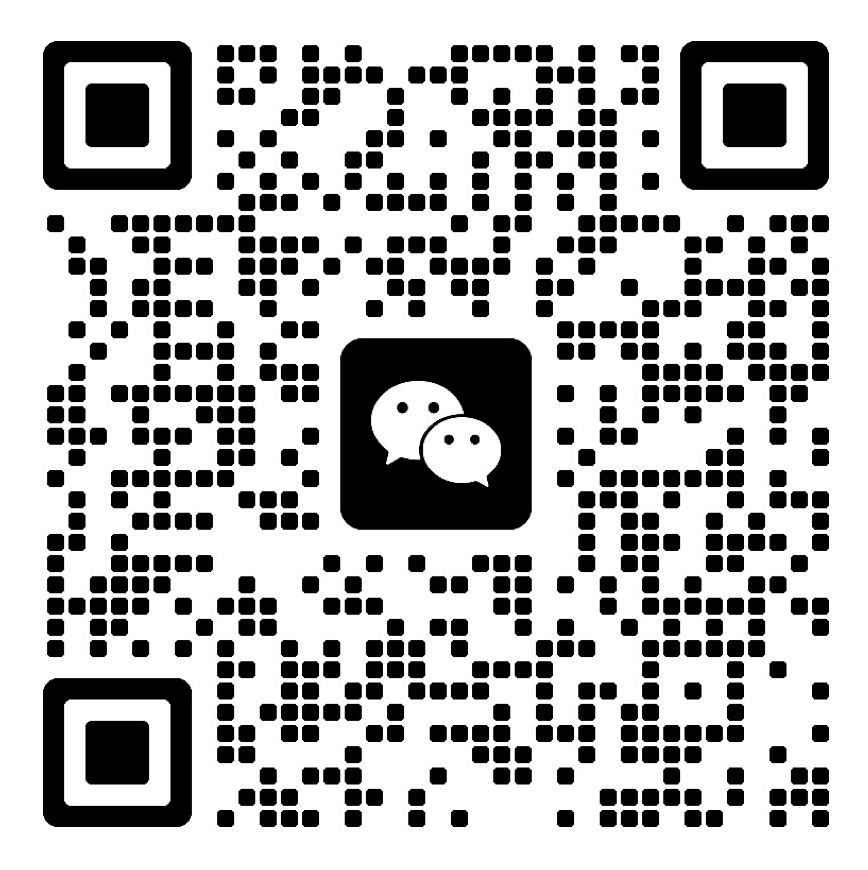
Services
返回Testing Services
Certification Services
Asia Certification下拉
- Japanese TELEC certification
- BIS certification
- PSE certification
- JATE certification in Japan
- VCCI Certification in Japan
- IMDA certification
- GCC Certification for Gulf Sev
- Iran COI certification
- Qatar COC Certification
- Iraq COC Certification
- Singapore PSB certification
- Vietnam COC certification
- KUCAS Certification in Kuwait
- KC certification
European Certification下拉
- EU E-Mark certification
- German GS certification
- REACH certification
- CE-ERP certification
- German TUV-SUD certification
- RED certification
- CE certification in Türkiye
- TSE certification in Türkiye
- Türkiye BTK certification
- European D-MARK certification
- Electrical ENEC certification
- Northern Ireland UKNI logo
- Russian EAC certification
- GOST certification in Russia
- RoHS certification
North American Certification下拉
- ASTM certification
- UL, ETL, CSA, MET, TUV certifi
- FCC Certification in the Unite
- Energy Star
- IC certification
- ul certification
- ETL certification
- CEC certification
- FDA certification
- ASTM certification
- CSA certification
- CPSC Certification in the Unit
- IRAM certification
- Mexico NOM certification
- Ecuador VOC certification
Middle East Certification下拉
- PVOC certification
- Algeria PCA certification
- Saudi EER Energy Efficiency Ce
- Saudi SABER certification
- Saudi SASO Energy Efficiency C
- Saudi EER Energy Efficiency Ce
- Iraq COC Certification
- Qatar COC Certification
- Iran COI certification
- Qatar COC Certification
- Iran COI certification
- Saudi SABER Certification Gulf
- Saudi SABER certification
Africa Certification下拉
- African COC certification
- Kenya PVOC certification
- Nigeria SONCAP certification
- Zimbabwe CBCA Certification
- South African LOA certificatio
- SABS certification in South Af
- Uganda PVOC certification
- Botswana COC Certification
- Zambia COC certification
- COC certification in Burundi
- Ghana COC certification
- Mauritius VOC certification
- Ethiopian VOC and COC certific
- Algeria COC certification
- Gabon COC certification
Register for the record
Systems and Training Services
Laboratory design and construction
Contact Us


National 24-hour service hotline
86+13560405821
Group Headquarters
E-mail: Lymay.zhong@lcs-cert.com
Address: Juji Industrial Park, Xueziwei, Ngabian, Shajing Street, Baoan District, Shenzhen Building A 1~2F, Building C 3F
SAA certification
Product range:
Introduction to certification
SAA, short for Standards Association of Australia, is Australia's standards development body. In 1999, it was changed from the association to a limited company, called Standards Australia International Limited, or SAI. SAI is an independent joint-stock company with no direct relationship with the government. We often refer to Australian certification as SAA certification, but in fact SAA is only a standard-setting body, not a product certification certificate. At present, there are 43 certification institutions qualified to accept certification applications, only some of which are listed below:
Office of Fair Trading, New South Wales
2、2.Department of Industrial Relations, Queensland
3、The Office of the Chief Electrical Inspector, Victoria
4. SAA Approval Pty Ltd (SAA Agency)
5、Office of Energy Policy, South Australia
6、Office of Energy, Western Australia
7、Office of Electricity, Standards and Safety, Tasmania
8、Ministry of Commerce, New Zealand
After the certificate is issued by one of the above certification acceptance bodies, the abbreviation code of the certification company and the registration certificate number are marked as "safety mark", such as "N12345", which indicates the certificate issued by NSW, and the registration number is "12345". There is no certification mark for safety certification, and the logo of the issuing agency cannot be placed in the label. The certification number needs to be stamped on the label.
Australian standards begin with "AS" and Australian-New Zealand joint standards begin with "AS/NZS". Australia's standards are basically the same as New Zealand's, and there are some national differences. Australia and New Zealand promote the harmonization of standards and mutual recognition of certifications, and products can be sold in one country as long as they are certified in one country. Australian safety certification covers 6 continents in Australia.
Product range: Products controlled by SAA certification can be divided into two types: mandatory electronic products and non-mandatory electronic products:
1. Declared Electrical Products covers 56 categories of products, such as external power supplies or chargers, wires, plugs, home appliances (60335-2-9, -14, 15, -23, -80), lamps (60598-2-4), etc. Regulated electrical appliances must obtain a certificate of approval, that is, SAA certification, issued by the monitoring department, and stipulate the identification (must be marked with a certificate number).
2, non-declared electrical products (non-declared electrical products) refers to products other than mandatory certification, such as commercial kitchen appliances. Although certification is not mandatory for non-regulated products, the safety of the seller/manufacturer is the responsibility of the seller and can apply for certification on a voluntary basis. The monitoring department will issue a Certificate of Suitability for products that meet the requirements of the standard.Electrical products that have obtained the certificate of conformity can be marked with a certificate number, and the last letter of the certificate shows which state or territory the certificate was issued by.
Application process
1. Customers prepare samples and materials to submit to Luxshare Testing
2. Luxshare testing laboratory for testing
3. Submit the test report and materials to the issuing agency
4. After the certification agency passes the audit documents, the SAA certificate will be issued
Certification marks
There is no certification mark, and the certification number needs to be marked on the label
Additional Information
Technical Information:AC240V/50Hz for AU ; AC 230V/50Hz for New Zealand
Mandatory: mandatory + voluntary
Certificate validity: Up to 5 years
Inspection requirements: None
Licensee requirements: You need to be a local registered company or a local agent to hold a certificate
30
individual
Large-scale experimental base
150
individual
Professional Lab
30
All kinds of
Analysis Method
2700
million times
Testing/year




 WeChat Inquiry
WeChat Inquiry
